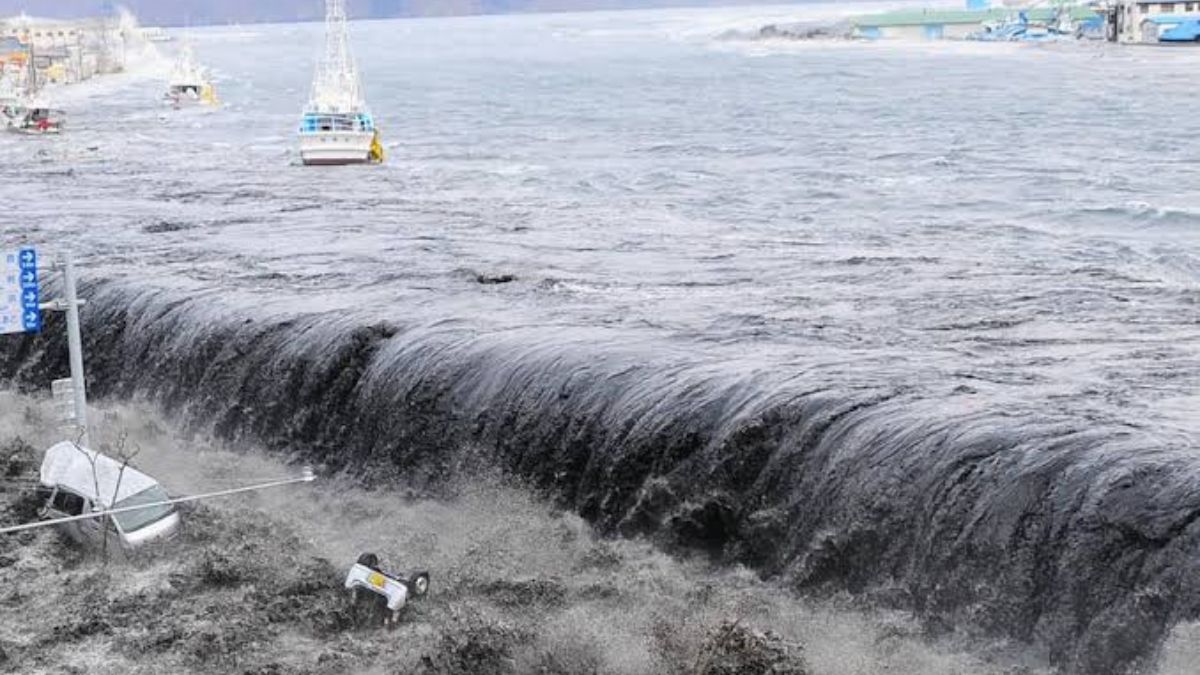 Image Credits: ABC
Image Credits: ABC
An earthquake with a seismic intensity of lower 6 struck Miyazaki Prefecture on Thursday, triggering a series of tsunami waves along Japan’s southern coast. According to the Japan Meteorological Agency (JMA), a 50-centimeter-high tsunami reached Miyazaki Port at 5:14 p.m., followed by a 40-centimeter wave in Nichinan at 5:23 p.m. Coastal areas in Kochi Prefecture also experienced significant tsunami activity, with a 30-centimeter wave reported in Tosashimizu around 5:46 p.m. Additionally, a 10-centimeter tsunami was observed in Hyuga, Miyazaki Prefecture, at 5:13 p.m.
In response to the tsunami and the earthquake, the JMA has issued a stern warning to residents and visitors to stay away from coastal areas. The agency’s official cautioned that the observed tsunamis have rendered coastal regions dangerous, urging people to avoid these areas to ensure their safety.
The JMA has also issued Nankai Trough Earthquake Extra Information as part of its ongoing assessment of the seismic situation. This alert is intended to evaluate the likelihood of a subsequent megaquake in the Nankai Trough region, which has historically been prone to large-scale seismic events. The agency is closely monitoring the situation and analyzing data to determine any potential connections between the recent earthquake and the seismic activity in the Nankai Trough.
The official urged residents in areas potentially affected by future seismic activity to take precautionary measures and stay informed through official updates. The focus remains on ensuring public safety and preparedness as the situation continues to evolve.
The JMA’s comprehensive approach includes not only monitoring ongoing seismic activity but also coordinating with local authorities to facilitate emergency response and recovery efforts. As the situation develops, residents are encouraged to follow safety protocols, such as avoiding coastal areas and staying updated through official channels. Authorities are also expected to provide further guidance on evacuation procedures and other safety measures as necessary. The government’s prompt and informed response aims to mitigate the impact of the earthquake and tsunami, safeguarding communities in the affected regions.
